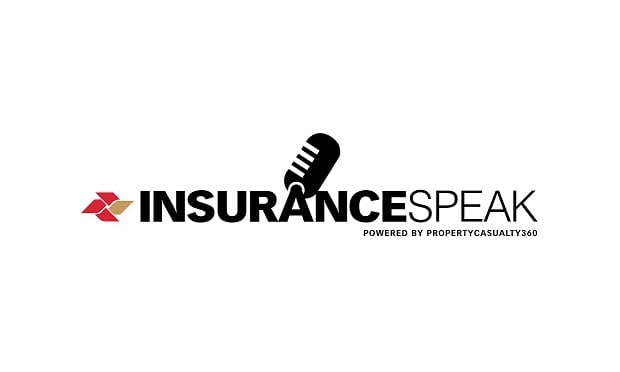Everyone knows that communication is an important part of any business, but many agents don't seem to realize how crucial it is in building and maintaining their own agencies. We'll first look at external communications to clients and then examine other types of communications in a future issue.
How you communicate to your clients says worlds about who you are: your philosophy and attitude; your capability; and your service orientation. All aspects of communication play a part in delivering these kinds of messages: appearance, language, timeliness, completeness and consistency.
Recommended For You
Want to continue reading?
Become a Free PropertyCasualty360 Digital Reader
Your access to unlimited PropertyCasualty360 content isn’t changing.
Once you are an ALM digital member, you’ll receive:
- Breaking insurance news and analysis, on-site and via our newsletters and custom alerts
- Weekly Insurance Speak podcast featuring exclusive interviews with industry leaders
- Educational webcasts, white papers, and ebooks from industry thought leaders
- Critical converage of the employee benefits and financial advisory markets on our other ALM sites, BenefitsPRO and ThinkAdvisor
Already have an account? Sign In Now
© 2025 ALM Global, LLC, All Rights Reserved. Request academic re-use from www.copyright.com. All other uses, submit a request to [email protected]. For more information visit Asset & Logo Licensing.








